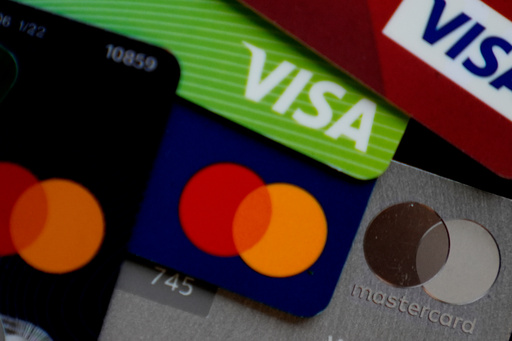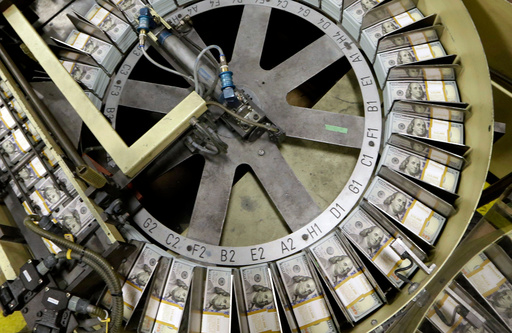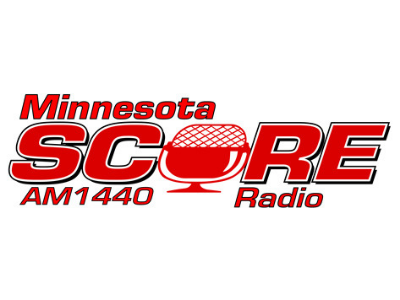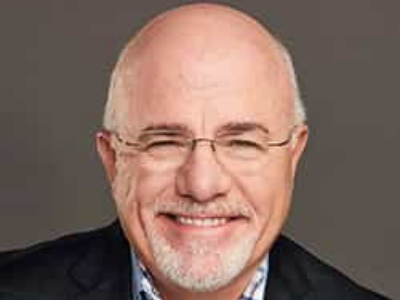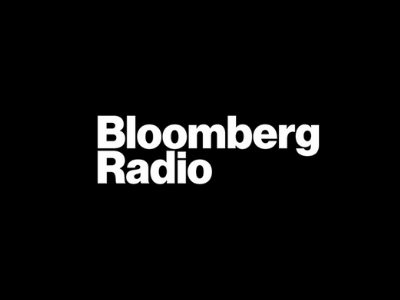What a Federal Reserve rate cut means for your finances
News > National News

Audio By Carbonatix
2:42 PM on Wednesday, October 29
By CORA LEWIS
NEW YORK (AP) — The Federal Reserve cut its benchmark interest rate by a quarter point Wednesday for the second time since September. Before that, it had gone nine months without a cut.
The federal funds rate is the rate at which banks borrow and lend to one another. While the rates consumers pay to borrow money aren’t directly linked to this rate, shifts affect what you pay for credit cards, auto loans, mortgages, and other financial products.
“While the full economic impact of such a move will unfold over time, early indicators suggest that even modest rate cuts can have meaningful consequences for consumer behavior and financial health," said Michele Raneri, vice president and head of U.S. research at credit reporting agency TransUnion.
The Fed has two goals when it sets the rate: one, to manage prices for goods and services, and two, to encourage full employment. Typically, the Fed might increase the rate to try to bring down inflation and decrease it to encourage faster economic growth and increase hiring. The challenge now is that inflation is higher than the Fed’s 2% target but the job market has been weak. The government shutdown has also prevented the collection and release of data the Fed relies on to monitor the health of the economy.
Still, the Fed has projected it will cut rates once more before the end of the year.
Here’s what to know:
For savers, falling interest rates will slowly erode attractive yields currently on offer with certificates of deposit (CDs) and high-yield savings accounts.
Three of the top five high yield savings accounts had rate cuts after the last Fed rate cut in September, according to Ken Tumin, founder of DepositAccounts.com, while two of the big five banks (Ally and Discover/Capital One) cut their savings account rates. The top rates for high yield savings account right now remain around 4.46% to 4.6%.
Those are still better than the trends of recent years, and a good option for consumers who want to earn a return on money they may want to access in the near-term. A high yield savings account generally has a much higher annual percentage yield than a traditional savings account. The national average for traditional savings accounts is currently 0.63%, according to Bankrate.
There may be a few accounts with returns of about 4% through the end of 2025, according to Tumin, but the Fed cuts will filter down to these offerings, lowering the average yields as they do.
For prospective homebuyers, the market has already priced in the rate cut.
“Mortgage rates, in particular, have responded swiftly,” said Raneri. “Just in the past week, they fell to their lowest level in over a year. While mortgage rates don’t always move in lockstep with the Fed’s target rate — often pricing in anticipated future cuts, the continued easing of monetary policy may well push rates even lower.”
Bankrate financial analyst Stephen Kates said a declining interest rate environment will provide some relief for borrowers over time.
“Whether it’s a homeowner with a 7% mortgage or a recent graduate hoping to refinance student loans and credit card debt, lower rates can ease the burden on many indebted households by opening opportunities to refinance or consolidate,” he said.
Americans have faced steeper auto loan rates over the last three years after the Fed raised its benchmark interest rate starting in early 2022. Those are not expected to decline anytime soon. While a cut will contribute to eventual relief, it might be slow in arriving, analysts say.
“If the auto market starts to freeze up and people aren’t buying cars, then we may see lending margins start to shrink, but auto loan rates don’t move in lockstep with the Fed rate,” Kates said.
Prices for new cars remain at historically high levels, not adjusting for inflation.
Generally speaking, an auto loan annual percentage rate can run from about 4% to 30%. Bankrate’s most recent weekly survey found that average auto loan interest rates are currently at 7.10% on a 60-month new car loan.
Interest rates for credit cards are currently at an average of 20.01%, and the Fed’s rate cut may be slow to be felt by anyone carrying a large amount of credit card debt. That said, any reduction is positive news.
“While inflation continues to exert pressure on household budgets, rate cuts offer a potential counterbalance by lowering debt servicing costs,” Raneri said.
Still, the best thing for anyone carrying a large credit card balance is to prioritize paying down high-interest-rate debt, and to seek to transfer any amounts possible to lower APR cards or negotiate directly with credit card companies for accommodation.
___
The Associated Press receives support from the Charles Schwab Foundation for educational and explanatory reporting to improve financial literacy. The independent foundation is separate from Charles Schwab and Co. Inc. The AP is solely responsible for its journalism.
